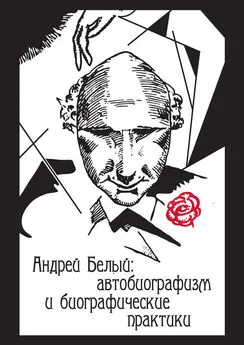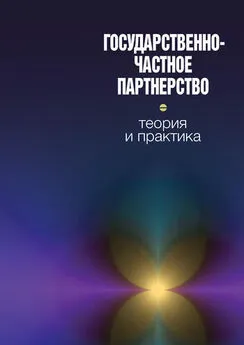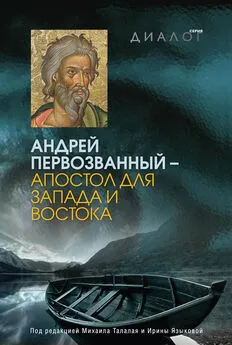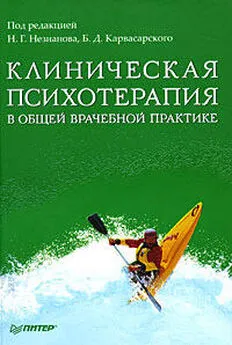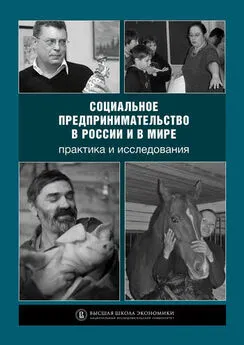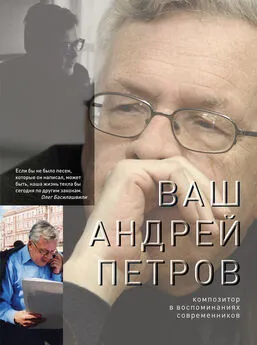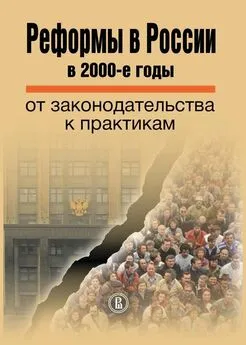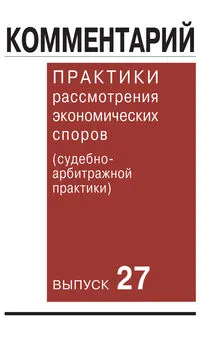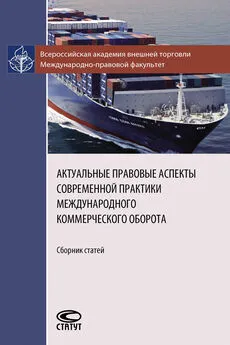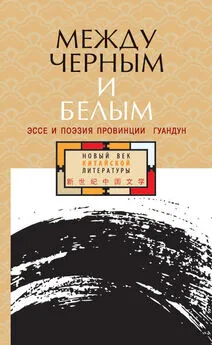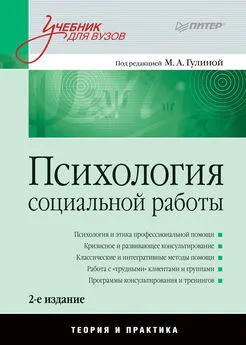Коллектив авторов - Андрей Белый: автобиографизм и биографические практики
- Название:Андрей Белый: автобиографизм и биографические практики
- Автор:
- Жанр:
- Издательство:ЛитагентНестор-История7684fd89-41fc-11e6-9c02-0cc47a5203ba
- Год:2015
- Город:Санкт-Петербург
- ISBN:978-5-4469-0663-5
- Рейтинг:
- Избранное:Добавить в избранное
-
Отзывы:
-
Ваша оценка:
Коллектив авторов - Андрей Белый: автобиографизм и биографические практики краткое содержание
В книге собраны статьи, посвященные жизни и творчеству прозаика, поэта, философа и антропософа-мистика Андрея Белого (1880–1934). В них выявляются сложные, разветвленные, прямые и опосредованные связи между фактами биографии писателя, его духовными переживаниями и художественным планом его произведений. Особое внимание уделяется особенностям эзотерического пути Андрея Белого. Авторы сборника доказывают, что изучение автобиографизма и биографических практик – ключ к пониманию феномена Андрея Белого. Книга – результат совместной работы Института славистики Падуанского университета и «Мемориальной квартиры Андрея Белого» (отдела Государственного музея А. С. Пушкина).
Андрей Белый: автобиографизм и биографические практики - читать онлайн бесплатно ознакомительный отрывок
Интервал:
Закладка:
671
Compared by Belyj to an enormous landslide that is both terrifying and liberating, Tolstoj is reminiscent of the onrushing Bronze Horseman (see Ljunggren M . Lev Tolstoj and «Peterburg» // Ljunggren M. Twelve Essays on Andrej Belyj’s «Peterburg». Gothenburg, 2009. P. 104–106.
672
Belyj A. Tragedija tvorčestva. Dostoevskij i Tolstoj. Letchworth; Hertfordshire, 1971 (reprint). S. 31–32.
673
See Belyj A. Meždu dvuch revoljucij / Ed. A. Lavrov. M., 1990. S. 343, 356, 361–362, where he tells how he «ran» («bežal») from the «Musaget» publishing house and for a time could think of nothing else but «running away from Moscow». He says that he and Turgeneva agreed on the absolute necessity of «running away from these hateful places» («bežat’ iz opostylevšich mest») and that Turgeneva predicted a «scandal» in connection with the fact that they were «running abroad» («my s nej “bežim” za granicu»). He notes that his entire oeuvre at this time in fact anticipated his «begstvo» and that he finally tried to shake off Moscow already on the third day of his «begstvo». An important factor in the context was that Anna Minčlova had vanished a few months before. As the person who had initiated Belyj into occultism she had spoken about needing to depart, which, under unclear circumstances, she now had done. Here as well Belyj writes retrospectively about her « begstvo » (his italics). Cf. Belyj A. Vospominanija ob A. A. Bloke / Ed. A. Lavrov. M., 1997. S. 361.
674
Belyj A . Egipet // Sovremennik. 1912. № 6.
675
Ibid. S. 190.
676
Here Belyj notes that the novel has a preliminary title («Lakirovannaja kareta») and, as in Dudkin’s vision, predicts interracial wars and showdowns. He says that he is listening to «the noise of time». (Letter of 2 November 1911 (Cf. Belyj – Blok. Perepiska 1903–1919 / Ed. A. Lavrov. M., 2001. S. 416). In his memoirs as well he emphasizes that he «ran away» («ubežal») after every visit to Moscow in the fall of 1911 ( Belyj A. Vospominanija ob A. A. Bloke. M., 1997. S. 997, 374).
677
Ibid. S. 375, where he recapitulates his and Turgeneva’s renewed attempt in early 1912 to «flee abroad at the first opportunity».
678
Belyj A. Vospominanija ob A. A. Bloke. M., 1997. S. 417–428.
679
See Gluchova E. V. «Zapiski čudaka» Andreja Belogo kak opyt «duchovnoj biografii» // Russkaja literatura konca XIX – načala XX veka v zerkale sovremennoj nauki / Sost. O. Lekmanov, V. Polonskij, pod obšč. red. V. Polonskogo. M., 2008. S. 162–179 and my article Le «Zapiski čudaka» di Andrej Belyj: un’ipotesi interpretativa // Russica Romana. 2006. Vol. XIII. P. 53–67. Belyj’s novel has been interpreted under different perspectives by other scholars, e.g. John Elsworth, who defines «Zapiski čudaka» «a diary in story form», see Elsworth J. «A Diary in Story Form»: Zapiski čudaka and some Problems of Bely’s Biography // Poetry, Prose and Public Opinion / Ed. W. Harrison, A. Pyman. Letchworth, 1984. P. 155–178.
680
Alexandrov V. Andrey Belyj. Kotik Letaev, The Baptised Chinaman and Notes of an Eccentric // Andrey Bely: Spirit of Symbolism / Ed. J. Malmstad. Ithaca. N. Y., 1987. P. 145–170.
681
Among those who analysed the text in this perspective, see Boldyreva E. M. «Kotik Letaev» Andreja Belogo kak modernistskaja versija tradicionnoj avtobiografii // Russkaja klassika. Meždu archaikoj i modernom / Nauč. red. N. Michnovec, O. Evdokimova. SPb., 2002. S. 156–160.
682
Nalbantian S. Aesthetic Autobiography. Handmills, Basingstoke, Hampshire, 1994.
683
For a review see Possamai D. Che cos’è il postmodernismo russo? Cinque percorsi interpretativi. Padova, 2000.
684
See Byčkov B. B. Russkaja teurgičeskaja èstetika. M., 2007. S. 158–167, on the «forecast of post-culture» in Rozanov; Savel’eva M. Fedor Sologub. M., 2014. S. 230–231, where the author states that the novel «The created Legend» («Tvorimaja legenda») anticipates Russian postmodernism; Roberts G. The Last Soviet Avant-garde. OBERIU – Fact, fiction, metafiction. Cambridge, 1997.
685
Levina-Parker M. Tema v variacijach, ili Andrej Belyj – «Serijnyj avtobiograf» // Andrej Belyj v izmenjajuščemsja mire / Sost. M. Spivak, E. Nasedkina, I. Delektorskaja. M., 2008. S. 431–438; Levina-Parker M. Andrej Belyj. Put’ k raspjatiju kak aspekt serijnogo samosočinenija // Avtobiografija. 2014. T. 3. S. 93–128. See also: Versii Ja v memuarach Andreja Belogo. S. 251–274; Gilmore L. The Limits of Autobiography. Trauma and Testimony. Ithaca and London, 2001. P. 96.
686
Colonna V. Autofiction & autres mythomanies littéraires. Auch, 2004.
687
See my article «Epopeja» Andreja Belogo. Teoretičeskie aspekty i roždenie žanra «avtofikšn» v russkoj literature // Miry Andreja Belogo / Red. sost. K. Ičin, M. Spivak. M., 2011. S. 687–697, where I explain how Belyj’s works can be interpreted through Vincent Colonna’s theories on «author’s autofiction» (see footnote nr. 11 in this article). It is possible to hypothize that some autofictional elements can be showed at a structural level (e.g. voices, paratext, inter– and metatext). On this topic see my monograph in print, Rome, 2015.
688
Samé E. Autofiction. Père et Fils, S. Doubrovsky, A. Robbe-Grillet, H. Guibert. Dijon, 2013.
689
Ibid. P. 14.
690
Ibid. P. 81–85.
691
Armengaud F. Figures politiques de l’animalité dans la Cité grecque antique // Usages politiques de l’animalité / J. L. Guichet. Paris, 2008.
692
Doubrovsky S. Fils. Paris, 1977.
693
Kohl P. Autobiography as zoegraphy: Dmitrii A. Prigov’s «Zhivite v Moskve» // Avtobiografija. 2014. Vol. 3. P. 171–183.
694
See the interesting essay by Arkadij Bljumbaum: Bljumbaum A. Apollon i ljaguška // Sbornik v čest’60-letija A. Lavrova. Na rubeže dvuchstoletij. / Sost. V. Bagno, Dž. Malmstad, M. Malikova. M., 2009. S. 70–85.
695
See, among the others, the works of Chodasevič V. Ableuchovy—Letaevy—Korobkiny // Andrej Belyj. Pro et contra / Sost. A. Lavrov. SPb., 2004. S. 732–752; Beyer Jr. T. Andrej Belyj’s «The Christened Chinaman». Resolution of the Conflict of Filial Guilt // Russian Literature. 1981. Vol. 10. P. 369–380; Muller Cooke O. Pathological patterns in Andrej Belyj’s novels: «Ableuchovs—Letaevs—Korobkins» revisited // Russian Literature and Psychoanalysis / Ed. D. Rancour-Laferriere. Amsterdam. Philadelphia, 1989. P. 263–284; Ebert Chr. «Väter und Söhne» in Andrej Belyjs Roman «Peterburg» // Zeitschrift für Slawistik. 1990. Bd. 35. Hf. 5. S. 762–771; Ljunggren M. The Father—Son Drama: Peterburg as the Key to the Works of Andrej Belyj // Toronto Slavic Quarterly. 2014. Vol. 48. P. 55–68. http://sites.utoronto.ca/tsq/48/tsq48_ljunggren.pdf (10.01.2015).
696
I will quote from the following edition: Belyj A. Kreščenyj kitaec. München, 1969 (reprint). When quoting from this text, I will use «BC» followed by page number.
697
I will quote from the following edition: Belyj A . Moskovskij čudak. München, 1968 (reprint). When quoting from this text, I will use «ME» followed by page number.
698
I will quote from the following edition: Belyj A . Moskva pod udarom. München, 1968 (reprint). When quoting from this text, I will use «MJ» followed by page number.
699
John Elsworth maintains that «The Baptized Chinaman» is the closest work to the novel series «Moscow» under a stylistic point of view. See Elsworth J. Andrey Bely: A Critical Study of the Novels. Cambridge. 1983. P. 194–195.
700
Elsworth suggests that the dog is a sort of a double of Korobkin. His death can be read also through the perspective of an evolution towards reincarnation. Ibid. P. 187. The transmigration of souls is evoked by the same Korobkin after Tomočka’s death (ME 96–97).
701
Dal’ V. Slovar’ živogo velikorusskogo jazyka: http://www.slovari.ru/search.aspx?s=0&p=3068 (10.01.2015).
702
Gasparini P. Est-il je? Roman autobiographique et autofiction. Paris, 2004.
703
Публикация выполнена при поддержке гранта Российского научного фонда № 14–18–02709 «“Вечные” сюжеты и образы в литературе и искусстве русского модернизма» (2014–2016) в ИМЛИ РАН.
704
См.: Записки мечтателей. 1921. № 2/3. С. 114. Здесь и далее (за исключением специально оговоренных случаев) примечания Завалишина.
705
Там же. С. 119–120.
706
Там же. С. 119.
707
Белый А . Стихотворения. Берлин; Пг., 1923. С. 121.
708
Там же. С. 137.
709
Там же. С. 219.
710
Бердяев Н. Кризис искусства. М., 1918. С. 3.
711
Там же. С. 5.
712
Там же. С. 17–18.
713
Станиславский К. С. Работа актера над собой. М.; Л., 1948. С. 14.
714
Речь идет о неоднократно издававшейся книге Ап. Григорьева «Мои литературные и нравственные скитальчества» (примеч. публикатора).
715
Малевич К. Бог не скинут. Искусство, церковь, фабрика. Витебск, 1922. С. 3–4.
Читать дальшеИнтервал:
Закладка:
